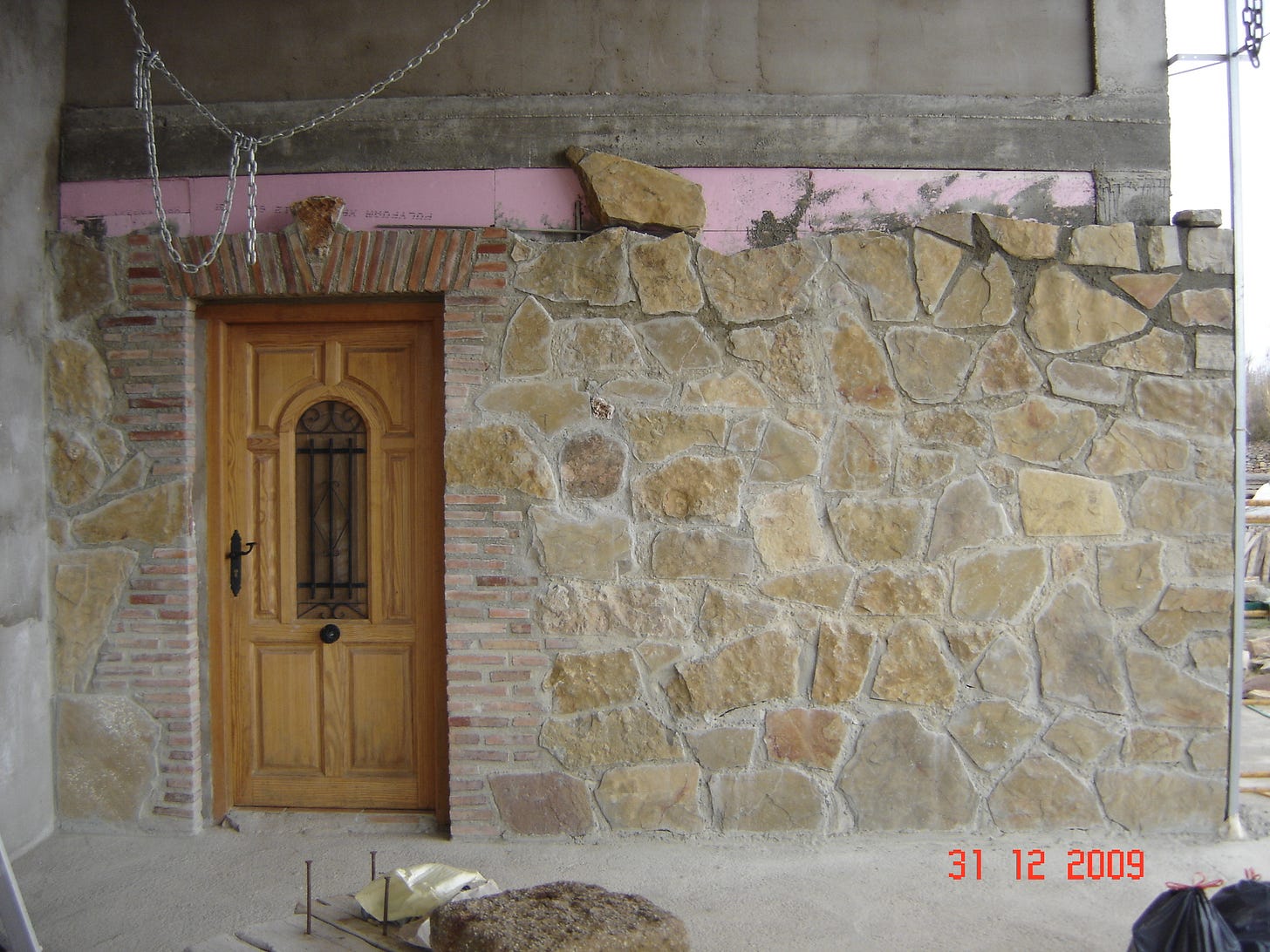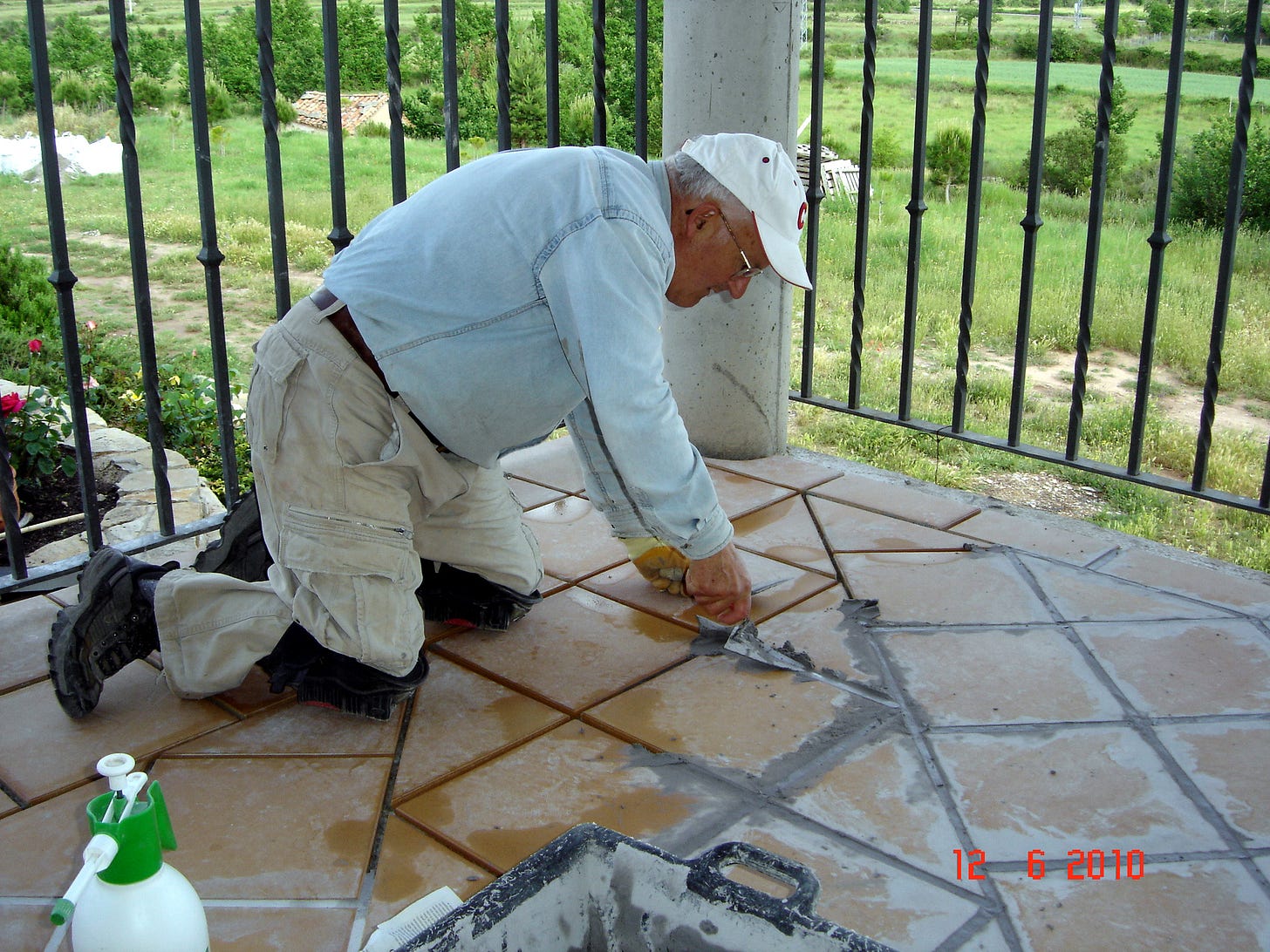On January 12, Millan Millan, the Spanish meteorologist I was so fortunate to get to know and write about, passed away. Though I never met or even spoke to him, as our conversations were entirely by email, I grew to love the man for his candor, humility and friendship. Once after replying to one of my endless questions for the series I wrote about him, he ended “I hope I did not confuse you further. I am very confused myself.” Which of course wasn’t true, but an example of his self-effacing character, unique for someone of his stature.
While so much climate science is conducted in the placeless place of the computer model, Millan was a practical meteorologist, with deep experience in the field, gaining hard data, reading what’s there, not mathematical simulations. He was also a scientist of a place, the northern shore of the Western Mediterranean Basin—Spain, Southern France, Western Italy. The terrain is referred to as the maqui, similar to the chaparral of California and the matorral of Central Chile, a dry scrubland vegetation which followed historic deforestation and land disturbance. He knew this, and asked the simple, obvious question. “Did these areas become desertified (or was the desertification accelerated) by removing the forests and desiccating the coastal marshes?” Using traditional meteorological methods, he then provided an answer: yes, showing with exhaustive analysis just how land degradation breaks water cycles in that part of the world. Further, he demonstrated how the local effects spread through the region, contributing to flooding as far away as central Europe.
That he wandered those same lands as a boy with his father, who would point out the afternoon storm clouds, showing the young Millan how they developed during the day, as though pointing to his destiny, is a detail worthy of a novel. That one of his key insights was triggered by a local adage about the weather, which he heard from on old farmer while in the field, was of the same nature, story-like. It was part of his charm, which he never took seriously, though he did everything he could to try to save those summer storms, and to alert the world to the dangers he saw elsewhere.
Though centered in the Mediterranean, his work has considerable global implications, as I am finding out. Shortly after publishing my series on him, I received an email from a Chilean forester named Diego Carvallo, saying “Here in Chile we can find water cycle examples just as you describe. Andes Mountains affect.” When I passed on his description of the local situation, Millan was concerned, noting “once a critical threshold (tipping point) is crossed the system drops to a new state very quickly, and it seems to me that Diego is now at that stage, observing the results.” Then he added “There are far too many places where all this is happening, I am afraid.”
Millan was not all work. He loved handling stone and clad his own own home in brick and three-inch thick flagstone. He also enjoyed with his wife the happy duties of
grandparenting, kept a garden, took walks. “Stones and long walks are my best friends now,” he wrote me once, having given up on trying to convince “an audience that doesn’t want to hear,” by which he meant politicians and bureaucrats who found the implications of his work “incommodious,” and the climate modeling community who’s models simply couldn’t see the level of meteorological detail Millan had uncovered. His steady lament was “They just can’t see it.”
This is where sadness enters his story, the fact that he felt he had failed in the end, and had to watch those summer storms he used to track as a boy with his father gradually disappear altogether. “Those summer storms,” he wrote me three months ago, “are now totally gone.”
In a sense he knew too much, could see too clearly where the maqui was headed. “The landscapes I loved, as they were, I now recognize as very downgraded ones. I can not stop thinking on how they must have been. My eyes can’t stop searching for the clues, all around, of Toba Rocks in the slopes. Rock created when limestone-enriched water flowed over mosses and other herbs in waterfalls and water oozing off the slopes. Now just rocky slopes. It is all over the place here and there, where water flowed just a few years ago.”
When I shared the news of Millan’s passing with soil-educator Didi Pershouse, she said “one of the great trees in the forest has fallen.” That’s a good way to look at it. Millan was certainly, in my little opinion, a “great tree” in his field. He stood with others too, scientists past and present, holding and advancing a similar, ecological, view of climate. And he was not only part of, but treasured by, a growing community of water-and-land conscious citizenry, what I call a living climate movement. And just as a forest absorbs and takes up what falls within it, it’s for us to absorb and take up the insights Millan left us and move them into the the climate conversation.
I think that’s what Millan would have wanted. Despite his occasional words about having given up (his right at 82!) he never really did. And I think he could sense that rising behind and around him were people that could clearly “see it” and are already clasping roots, lifting seedlings, unfolding leaves and needles, “cultivating storms” and ready to bring some rain.
Farewell, Millan. You will be missed, but not forgotten.
Millan Millan He looked with round eyes through square glasses and saw the circles and flows others couldn't. Measurement on measurement he laid stones to understanding and gave us new lenses to help us find where the water went and how to bring it back. Water begets water soil is the womb vegetation the midwife said the poet-scientist and advisor to governments. A large problem is when you must scientifically prove the obvious said the instrument designer with an engineer's stamp who could see the wind and of the wind it's many winds their swerving, fountaining and shifting reconciliations with the land. He knew where to place his instruments, sensed the wild dynamics up and down the scales. The Earth works as an entity, a whole one. Everything is linked said the Director of CEAM a major scientific institute with a staff of ninety scientists. Why does the land look the way it does? asked a son of the maquis.







"There are men who fight one day and are good. There are others who fight one year and are better. There are those who fight many years and are very good. But there are those who fight their entire lives: those are the indispensable ones." ― Bertolt Brecht
His fight will last for more than a lifetime but here we are to build the "living climate movement"
Such a loss. I'm feeling it every day, and I never met him.